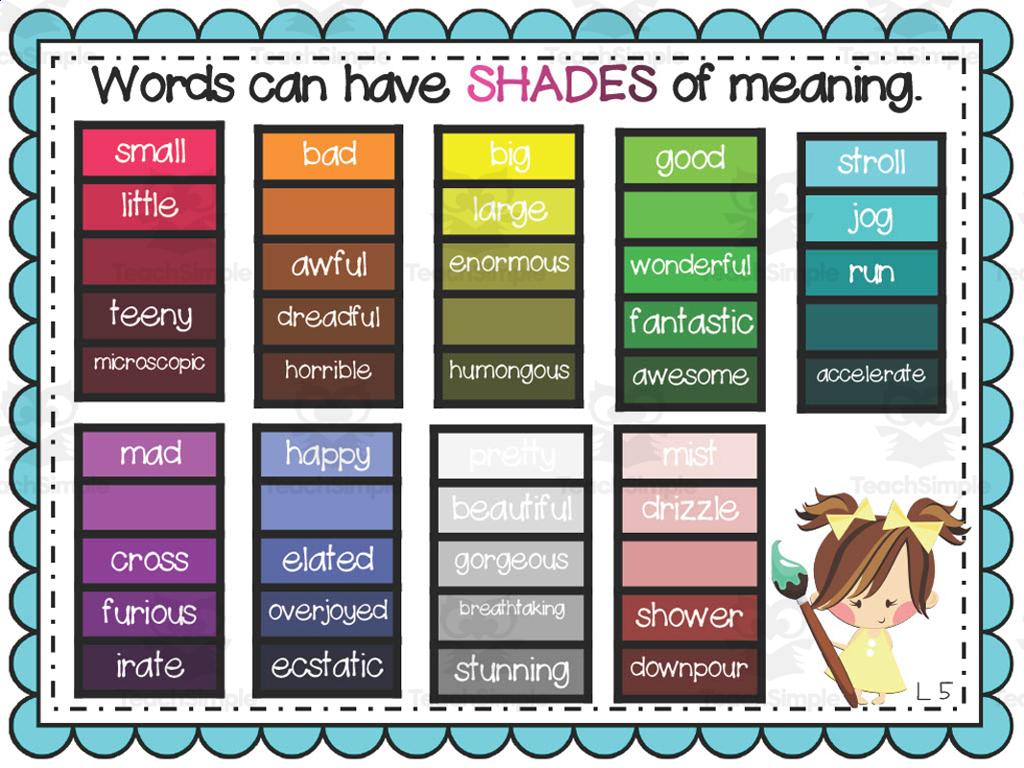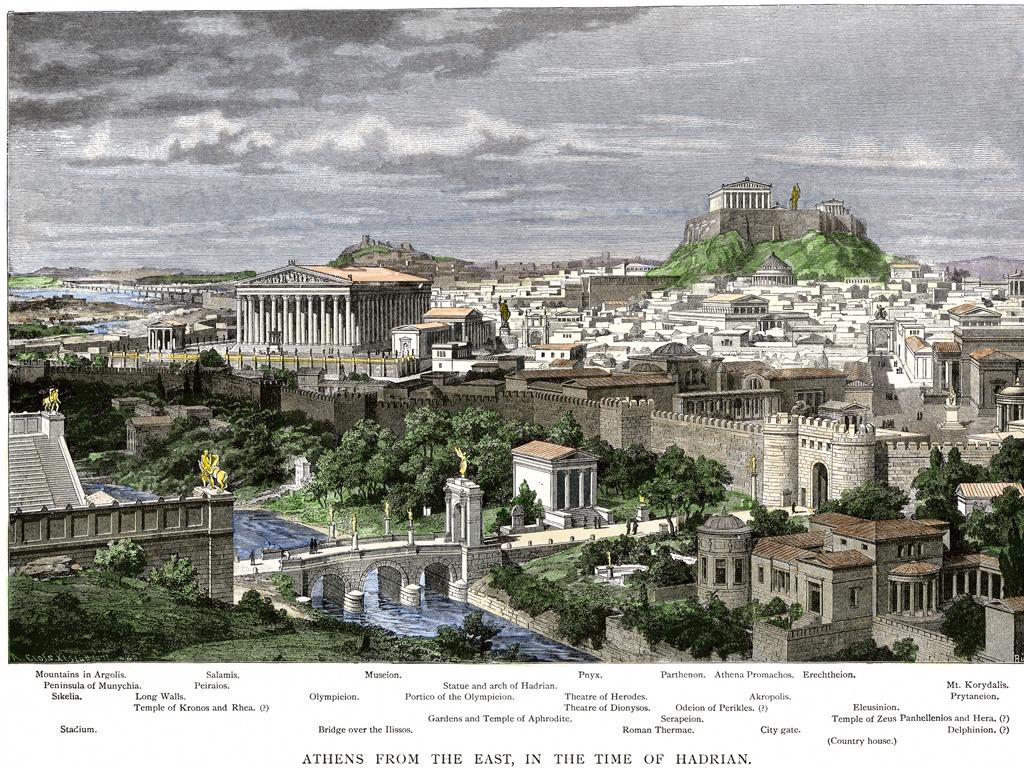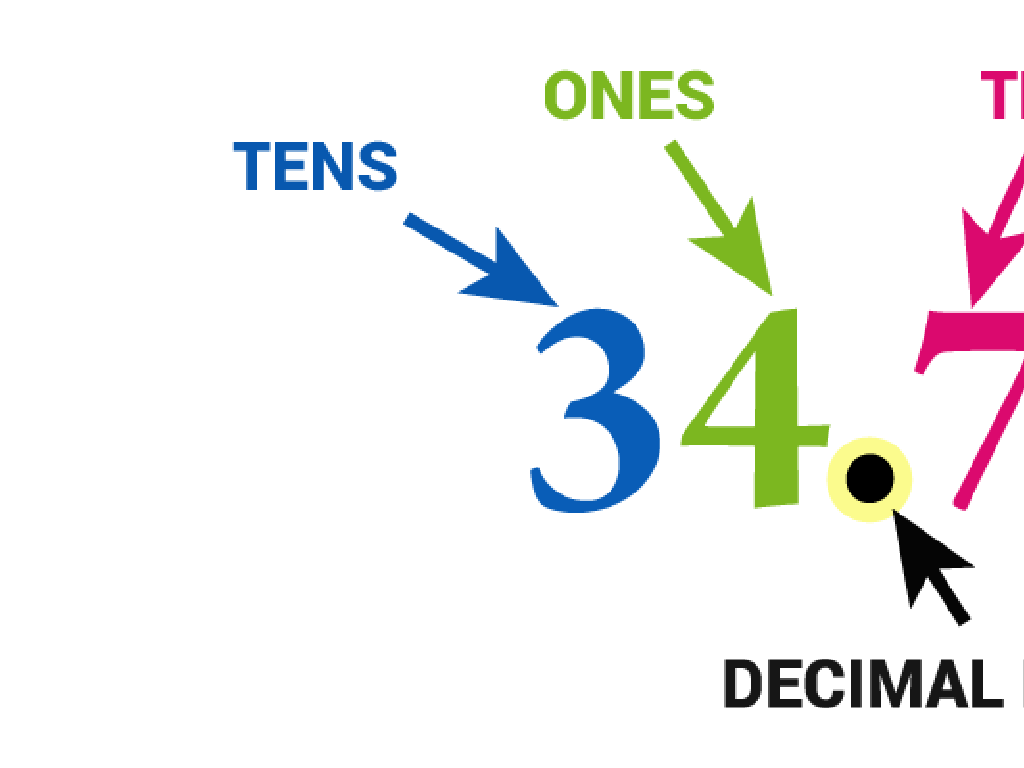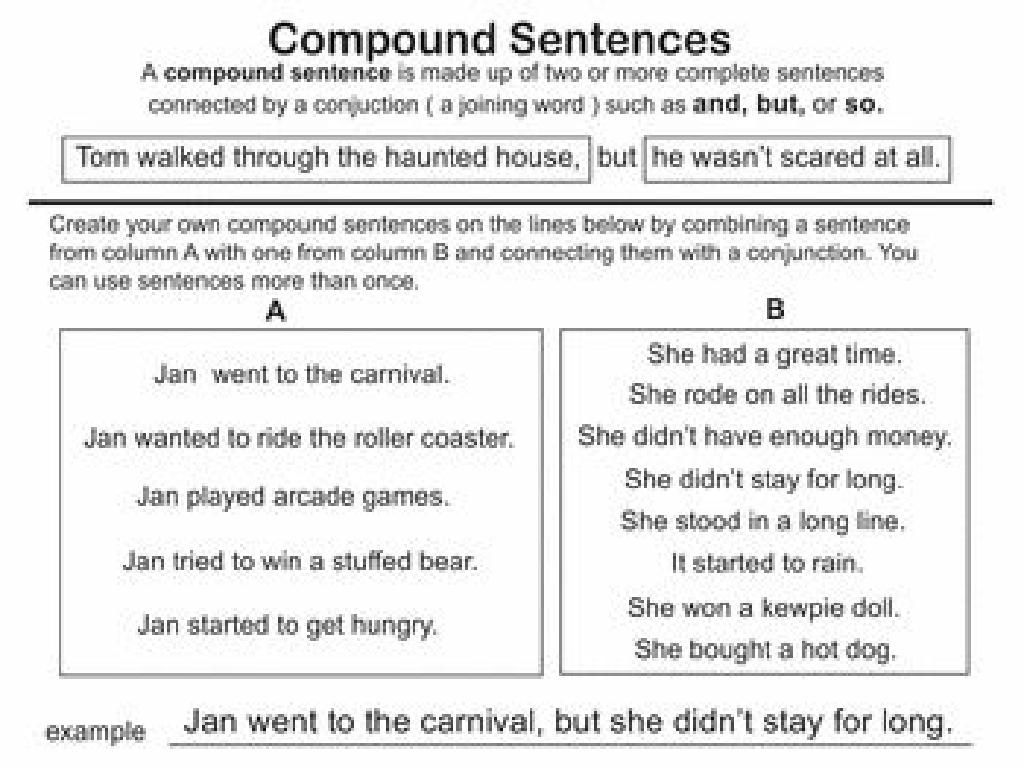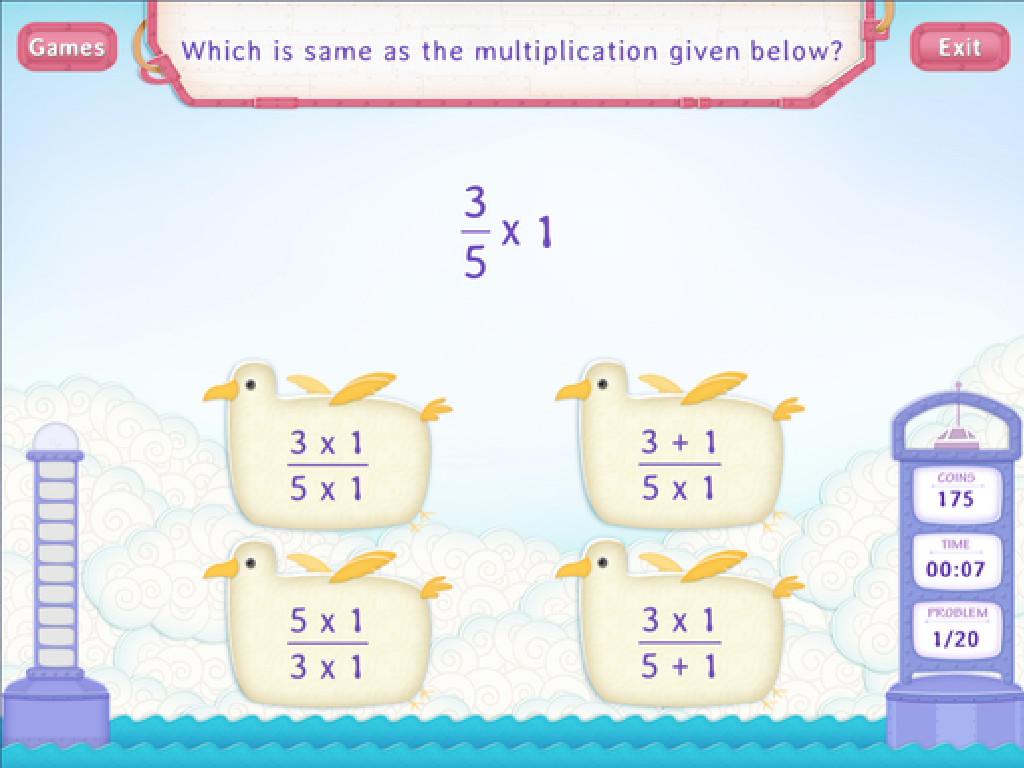Changes To Earth'S Surface: Earthquakes
Subject: Science
Grade: Fourth grade
Topic: Earth Events
Please LOG IN to download the presentation. Access is available to registered users only.
View More Content
Welcome to Earth Events: Earthquakes!
– Our planet is always changing
– Earth’s surface is transformed by various forces
– Earth events: A natural phenomenon
– Events like earthquakes, volcanoes, and tsunamis
– Earthquakes shake the ground
– Sudden release of energy in Earth’s crust
– Exploring how earthquakes occur
– We’ll learn about tectonic plates and fault lines
|
This slide introduces the concept of Earth events with a focus on earthquakes. Begin by discussing the dynamic nature of our planet and how it’s constantly undergoing changes. Explain that Earth events are significant natural occurrences that can reshape the landscape. Specifically, earthquakes are the result of a sudden release of energy in the Earth’s crust, leading to ground shaking. Encourage students to think about how the Earth is like a giant puzzle with tectonic plates that move and sometimes cause earthquakes. This will set the stage for a deeper dive into the science behind earthquakes, including the role of tectonic plates and fault lines.
Understanding Earthquakes
– What is an earthquake?
– Sudden shaking of the ground caused by movement beneath Earth’s surface.
– Reasons earthquakes happen
– Earthquakes are caused by tectonic plates grinding or slipping.
– How earthquakes release energy
– Energy is released in waves that shake the ground.
– Earthquake effects on Earth’s surface
|
Begin the lesson by defining an earthquake as the sudden shaking of the ground that occurs when there’s a release of energy in the Earth’s crust, creating seismic waves. Explain that earthquakes are usually caused by the movement of tectonic plates, which can grind against each other or suddenly slip, releasing energy. Discuss how this energy travels in waves through the Earth, causing the shaking we feel during an earthquake. Emphasize that earthquakes can change the Earth’s surface by causing land to shift, creating cracks, and sometimes forming new landforms. Use diagrams to illustrate tectonic plate movement and the release of energy. Encourage students to ask questions and think about how this powerful natural event can reshape our planet.
The Science Behind Earthquakes
– Earth’s crust and tectonic plates
– Earth’s outer shell is divided into large plates that move.
– Fault lines and earthquake zones
– Earthquakes often occur near these cracks in Earth’s surface.
– Stress and strain in the crust
– Stress builds up in rocks and when it’s too much, they break.
– How earthquakes are generated
– Sudden release of energy causes the ground to shake.
|
This slide introduces the fundamental concepts behind earthquakes, aimed at a fourth-grade science class. Begin by explaining that the Earth’s crust is like a giant jigsaw puzzle made of tectonic plates. These plates are constantly moving, and their interactions can cause earthquakes. Fault lines are like cracks where these plates meet, and most earthquakes happen along these lines. Stress refers to the force applied to the rock, while strain is the change in the rock due to the applied stress. When the stress exceeds the strength of rocks at a fault line, it results in an earthquake. The energy released during this process is what we feel as the shaking of the ground. Use simple analogies, such as breaking a stick (stress and strain) or a cracked eggshell (tectonic plates), to help students visualize these concepts.
Measuring Earthquakes: Tools and Terms
– The Richter Scale explained
– A scale that measures the strength of earthquakes.
– Seismographs and their function
– Machines that record the vibrations of earthquakes.
– What are aftershocks?
– Smaller quakes following the main shock.
– Importance of earthquake measurement
|
This slide introduces students to the concepts and tools used to measure and record earthquakes. The Richter Scale is a numerical scale used to quantify the magnitude of an earthquake, which is essential for scientists to communicate the size of different earthquakes. Seismographs are the tools that detect and record the seismic waves produced by earthquakes, providing valuable data for analysis. Aftershocks are smaller earthquakes that occur after the main event and can still cause damage. Understanding these terms helps students grasp how scientists study and prepare for earthquakes. Encourage students to ask questions about how these tools work and why measuring earthquakes is important for safety and scientific research.
Effects of Earthquakes on Earth’s Surface
– Earthquakes alter landscapes
– Shaking ground can cause landslides, cracks
– Buildings & roads can be damaged
– Structures may collapse, requiring safety plans
– Earthquake safety measures
– Drop, cover, and hold on during shaking
– Practice drills in school
– Regular drills help students know what to do
|
This slide aims to educate fourth-grade students on the various effects earthquakes can have on the Earth’s surface and human-made structures. Emphasize that earthquakes can cause the ground to shake violently, leading to changes in the landscape such as landslides and fissures. Discuss the potential risks to buildings and infrastructure, highlighting the importance of engineering and safety measures. Teach students the ‘Drop, Cover, and Hold On’ technique to protect themselves during an earthquake. Finally, stress the importance of practicing earthquake drills regularly in school to ensure students are prepared in case of an actual event. Encourage questions and discussions about their experiences or concerns regarding earthquakes.
Famous Earthquakes in History
– San Francisco Earthquake, 1906
– One of the most devastating in US history, causing severe damage.
– Great Chilean Earthquake, 1960
– Recorded as the most powerful earthquake ever, magnitude 9.5.
– Recent Earthquake Case Studies
– Study recent earthquakes to understand their impact and response.
– Earthquake Preparedness Lessons
– Learn how to stay safe and what measures can prevent damage.
|
This slide aims to educate students about significant earthquakes in history and the lessons we can learn from them. The 1906 San Francisco earthquake is a key event in US history that led to better building codes. The Great Chilean Earthquake of 1960, being the most powerful ever recorded, offers insights into the Earth’s seismic capabilities. By examining recent earthquakes, students can learn about modern response and preparedness strategies. Emphasize the importance of earthquake drills and having an emergency kit ready. Encourage students to think about how communities can rebuild and prepare after such disasters.
Staying Safe During Earthquakes
– Prepare before an earthquake
– Create an emergency kit and plan escape routes.
– Stay safe during the shaking
– Drop, cover, and hold on until the shaking stops.
– Follow steps after the quake
– Check for injuries and damages when it’s safe.
– Practice earthquake drills
– Regular drills teach us how to react quickly.
|
This slide aims to educate students on earthquake preparedness and safety. Emphasize the importance of being prepared before an earthquake occurs by having an emergency kit ready and knowing safe escape routes. During an earthquake, students should remember to ‘Drop, cover, and hold on’ to protect themselves from falling debris. After the shaking has stopped, it’s crucial to check for injuries and damages, ensuring it’s safe to move around. Conducting regular earthquake drills in school can help students and staff become familiar with these safety steps, making it easier to remember and act quickly in the event of an actual earthquake. Discuss with students what items they think would be important to include in an emergency kit and why practicing drills is essential.
Class Activity: Earthquake Simulation
– Simulate an earthquake scenario
– Practice ‘Drop, Cover, and Hold On’
– Mimic the safety actions: Drop to the ground, take Cover under a table, and Hold On until shaking stops
– Discuss our learnings
– Share experiences and insights from the activity
– Talk about staying safe during earthquakes
– Review safety tips for real earthquake events
|
This interactive class activity is designed to teach students how to respond during an earthquake. Begin by simulating an earthquake scenario in a controlled environment. Guide the students through the ‘Drop, Cover, and Hold On’ drill, which is the recommended safety procedure during an earthquake. After the simulation, facilitate a discussion where students can talk about what they learned and express any concerns or questions they have. Emphasize the importance of staying calm and following safety protocols during an actual earthquake. Provide a list of safety tips for the students to remember, such as staying away from windows, staying indoors until the shaking stops, and having an emergency kit ready. This activity aims to prepare students for real-life situations and ensure they understand the importance of earthquake safety.

